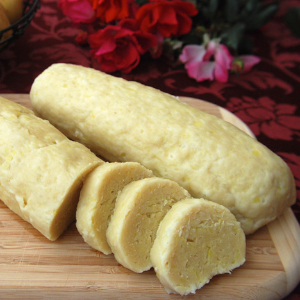Yesterday, we looked at a selection of lesser-known Czechian mains and specialties – aside from the obvious Schnitzels, Roast Pork and Goulash. Today we’ll explore some signature Czechian breads and desserts. And Dumplings. Don’t forget the Dumplings!
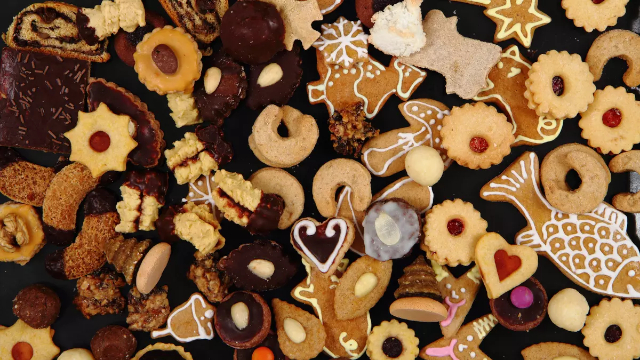 Vánoční Cukroví: Traditional Czechian Christmas Cookies…
Vánoční Cukroví: Traditional Czechian Christmas Cookies…
On our menu today
Pšenično-žitný chléb: Everybody loves this traditonal mix of rye and wheat flour, yeast, caraway seeds, salt and water. It only takes about 5 minutes to mix up the dough but needs 6-12 hours to rest and rise. The dough is formed into a round loaf and placed in a lidded pan.

Bake in a pre-heated oven at 500 F for about 25 minutes, then remove the lid and bake for another 8-10 minutes, until the crust is crispy and medium-brown. The flavour is distinctly ‘sour’, a characteristic imparted by the rye flour.
Veka: This is a daily white Bread occupying the same ubiquitous role in Czechian life as the Baguette does in French cuisine. The simple yeast-raised dough is hand-formed into a loaf shorter and wider than a Baguette and baked until golden brown.
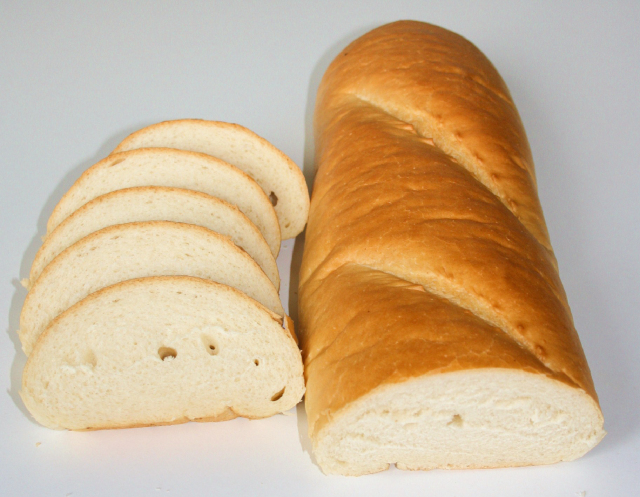
The crust is crispy and the centre is soft and snowy white. Veka is a go-with-anything Bread often used for sandwiches and snacks.
Houska: A small-ish Bread Roll made with wheat flour, water, yeast, salt, and, sometimes, eggs, this popular Bread is usually braided from three strands into an oblong shape and topped with rough salt and poppy or caraway seeds. It’s popular at breakfast, topped with butter, and sweet or savoury spreads.
Jidáše: Known colloquially as ‘the Judas Bun’, this yeast-raised specialty makes a brief but plentiful appearance at Easter. It’s a surprisingly complex recipe that includes flour, butter, egg yolks, cream, sugar, honey, yeast, salt, lemon zest, and a pinch nutmeg.
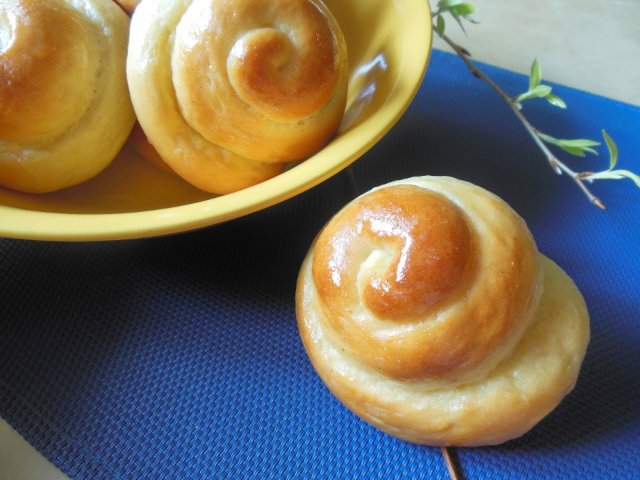
The dough is twisted or braided into a knot, symbolizing the noose Judas used to bang himself after he betrayed Jesus. Tasteatlas.com advises that, “According to local beliefs, if you eat one jidáše during the sunrise on Maundy Thursday, you’ll be protected from bee stings, snake bites, and human betrayal for the whole following year.”
Karlovarský Suchar: This is a popular Rusk-type bread made from wheat flour, spring water, sugar, yeast, salt, and egg yolk. The Bread is baked then sliced thinly and toasted lightly to dry it all the way through and render it wonderfully porous – to accept butter and other traditional toppings.
Desserts
Like many Eastern European cuisines, many Czechian desserts are sweetened, decorated or stuffed breads…
Knedlíky: In Czechia, ‘Knedlíky’ means dumpling (see photo, top of page), and the recipe is very similar for all the kinds commonly made. In various parts of the country and with various mains, you might be offered houskový, made with soaked bread, bramborové, made with mashed potatoes, syrove, made with cheese, or plain yeast dumplings. Knedlíky are quick-cooked in boiling water and served hot. They’re also popular for dessert (see below).
Makový závin: This is the Czechian version of the ubiquitous Eastern European Poppy Seed Roll. The thin crust is bready, made from flour, water, milk, yeast, eggs and sugar.
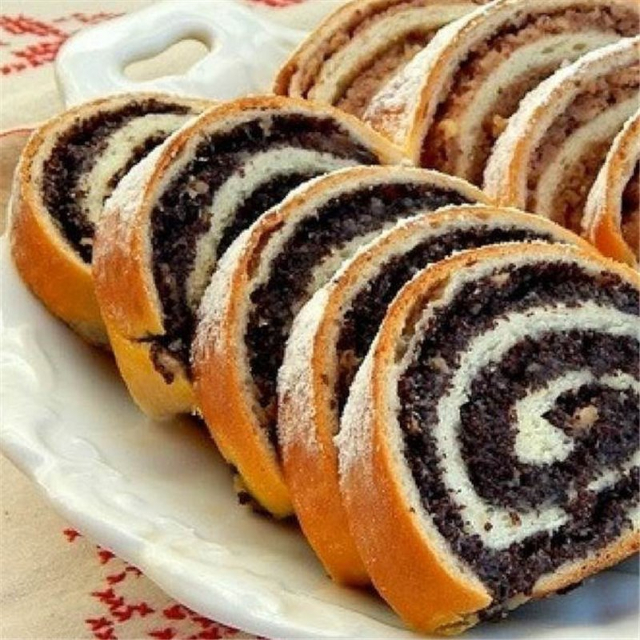
The filling is made from poppy seeds, milk, sugar, plum jam and lemon zest. When cut for serving, the roll reveals a spiral design, enjoyed with coffee or tea, often served at Christmas and over the year-end holidays.
Buchty: This is a light, fluffy bread roll that will remind folks used to fine dining of classic White Dinner Rolls. But Buchty add vanilla or citrus flavourings to the traditional buttery dough, fill them with jam, and dust them with powdered sugar.
Koblihy: You’ll recognise these filled doughnuts immediately. They may be filled (post-baking) via a piping bag or baked with a thumbprint depression in the top into which you can spoon various fillings including pastry cream, chocolate custard or fruit jam. A dusting of powdered sugar is never out of place. Check out this recipe for the authentic, original Koblihy. The Czechians have been making them since the 9th century!
Pernik: If you love Gingerbread Cookies – again, thank the Czechs. They started making these familiar-looking year-end holiday cookies back in 1335. Since then, they have been used not only as desserts and snacks, but ground up to thicken savoury sauces.
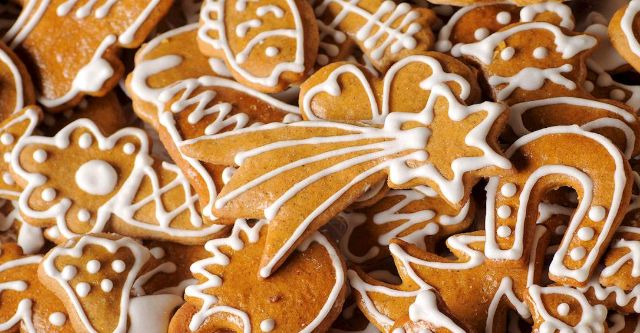
Though traditionally decorated with holiday-themed designs in piped white icing, they are sometimes topped with chocolate, yogurt, sliced almonds, candy, sugar glaze, or dusted with powdered sugar.
Vánoční Cukroví: This is a catch-all name for the elaborately-decorated Czechian Christmas Cookies. Popular varieties include Butter Cookies, wafer cookies, crescents, gingerbread cookies, and liquor-infused balls. Vánoční Cukroví may be flavoured or stuffed with ground or whole nuts, chocolate, marzipan, vanilla, honey, coconut, different jams, or rum. I think they look too good to eat!
Bublanina: To top off our survey of favourite Czechian desserts, I offer you a decadent example: Bublanina is a delicate vanilla sponge cake studded with cherries, strawberries, blueberries, apricots, or plums.
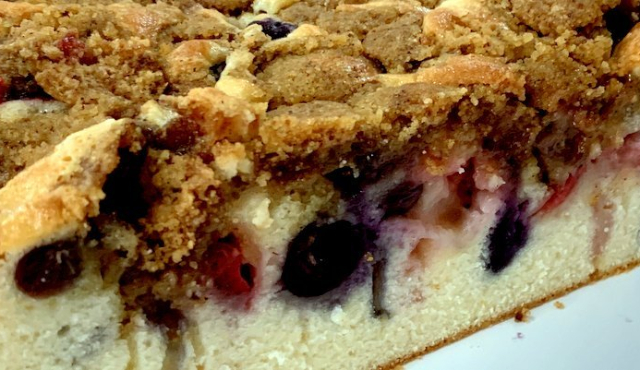
The cake is a simple one calling for flour, sugar, eggs, baking powder and a lot of vegetable oil. (Canola or any other neutral-flavoured non-animal-source oil can be substituted).
And that’s our survey of Czechian Breads and desserts!
They’re all pretty easy to make – though some require long resting periods for the dough. Add they’re guaranteed to please your family and friends, whether you’re Czechian or not!
~ Maggie J.

